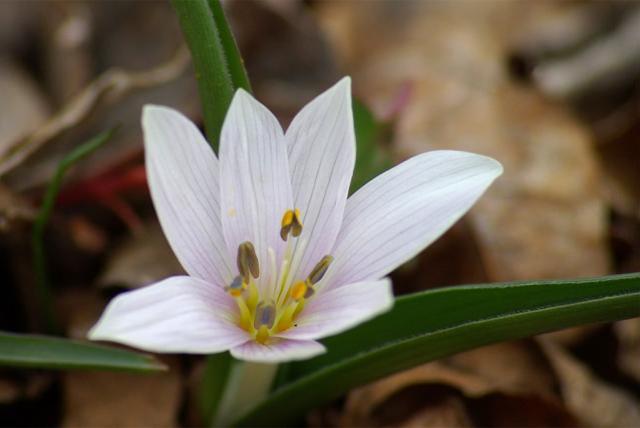Szársomlyó Nature Reserve
Szársomlyó Hill is the highest mass of Hungary’s southernmost elevations, the Villány Hills. Its name originates from an old Hungarian word meaning “bald”. Referring to its rocky, barren surface, local people have known it as the “devil-ploughed hill”.

The high elevation of the hill creates specific and very different microclimatic conditions in the southern versus the northern face. The high-purity limestone emerging from the surface, which has formed during the Mesozoic era, also plays a role in the formation of these environments. In the tropical climate of the Jurassic period, bauxite accumulated in the depressions of the limestone. On the summit, the dissolving effect of hot water emerging along the cracks that got created during mountain formation, produced two hydrothermal shafts. The southern foregrounds of the hill, providing safety and shelter for people, have been inhabited for 3000 years. During this time, settlers of the Roman Empire built a city here. A castle stood on the summit from the 1200s, which was destroyed during the Ottoman occupation, leaving for today only the remains of the former castle walls. It was the Romans living and farming here who developed viticulture which is still dominant today, and which was further formed and developed by the Slavic, Rascian and Germanic peoples who settled here later on.
The economy of the region includes intensive limestone excavation since 1910. The older quarry in the east was taken over by sculptors in 1967 and their open-air workshop, now an exhibition park, is still usable today.
The wildlife of Szársomlyó is very unique. The sub-Mediterranean climate ensures home to botanical rarities. There are 75 protected plant species on the hill, 4 of which are found only here within Hungary. On the top and eastern part of the mountain, a sparse karst scrub forest association can be seen. A rare plant is the Hungarian swallow-wort. The northern side of the mountain is covered with silver lime – oak-hornbeam forest. Its undergrowth is characterised by the presence of butcher’s broom and spineless butcher’s broom, and scented hellebore. Occurring in the rocky grassland habitat, the most threatened treasure of the mountain is the highly protected Hungarian crocus, which, according to many years of experience, blooms from late December to mid-February. This tiny plant has not been found anywhere else in our country. Just like in the case of the flora, the fauna is also influenced by the Mediterranean effect. One can often encounter the darkling beetle Gnaptor spinimanus, the ladybird spider, and the strictly protected Caspian whipsnake, a rare species of the Hungarian herpetofauna. Among the birds you may be lucky enough to see black storks, buzzards and ravens circling above the summit, or even bee-eaters nesting in the loess wall, and rock buntings which have a Mediterranean distribution range. The abandoned shafts of former bauxite mines provide excellent habitat and hiding places for protected bat species and other small mammals.
The hill is a strictly protected area. Access is only possible with a national park guide!
Collecting plants or animals is prohibited!
Declared to be protected: 237.610/1944. I./A. -2.
Size of the protected area: 224.3 ha, almost all of which is strictly protected.









